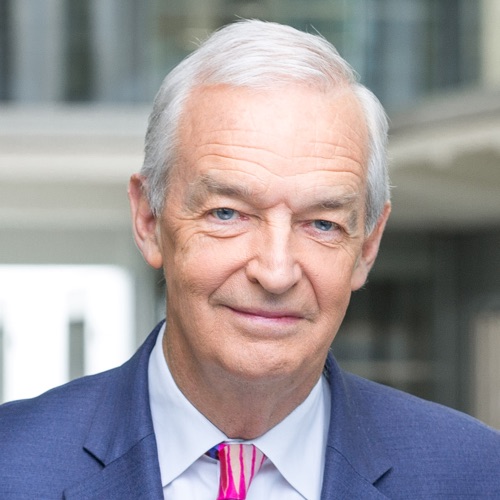Richard III: what it tells us about today's Britain
Birju Ghelani came to Leicester from the Indian sub-continent at 11 years old. he’s now in his 50s and a successful businessman in Leicester. Technically he’s a Hindu, but he is unmistakably socially, politically and entrepreneurially British.
So that when it came to the meander of King Richard III’s remains through his home city, he described the event as part of his own history.
Richard died in 1485, hundreds of years before the sun rose upon the British Empire’s seizure of the Indian sub-continent. For Mr Ghelani, the digging up and certification of King Richard III in Leicester in 2012 is part of his own history.
It happened in his city, was certified in his city’s university. But Richard himself in skeletal form remained hidden in the university’s fridge – popping out for the odd scan, or DNA sampling.
The progress of the box – carved by the man whose DNA proved Richard’s identity – wended through the heart of Mr Ghelani’s city. For him this was history in the making. He did not have to love Richard or hate him. He simply relished the fact that he had been found, that he had been proved to be who he was, and a court had ruled he could stay in Leicester. All this in Mr Ghelani’s very present lifetime.
In a way Mr Ghelani speaks for this extraordinarily vibrant multicultural city. Perhaps the city itself, the tenth biggest in Britain, speaks for the wider UK. Love it or dismiss it, the UK is essentially comfortable with a monarch.
It speaks of history, geography and a quirky take on life that is unique. Yesterday it was on full display. The present monarch did not bless it with her presence, instead leaving it to the distant heir to the throne, Richard Duke of Gloucester, to turn up. Is he 13th in line or 17th? Who knows.
One senses that there’s a whiff of unease in royal circles about the wisdom of being involved with a happening that at times may seem, to some, close to bonkers. And there, as Shakespeare might have said, is the rub.
The historians, the English nationalists, the soothsayers want to argue about whether Richard was good or bad. Leicester is content simply with the fact that he was king; that he died in battle at nearby Bosworth; that he was dug up under the letter R in a car parking space reserved for the city’s director of social services.
More, the people of the city relish that it was Leicester University’s archaeology department and DNA lab that identified him after genealogists located the last known living bloodline relatives – a Canadian and an Australian. The mere recovery of Richard is the stuff of fairy tales; his horse-drawn progress to be blessed by a Catholic cardinal in the city’s Anglican cathedral was merely the icing on the cake.
History is made! And he’s not even yet back in the ground. The tale will not be complete until the Archbishop of Canterbury drops him into his prepared vault in Leicester Cathedral on Thursday. By then Richard will be part of Mr Ghelani’s history for ever.
Follow @jonsnowC4 on Twitter
Channel 4 is live streaming events from Leicester Cathedral, where people are queuing to catch a glimpse of Richard III’s coffin. Watch here.

